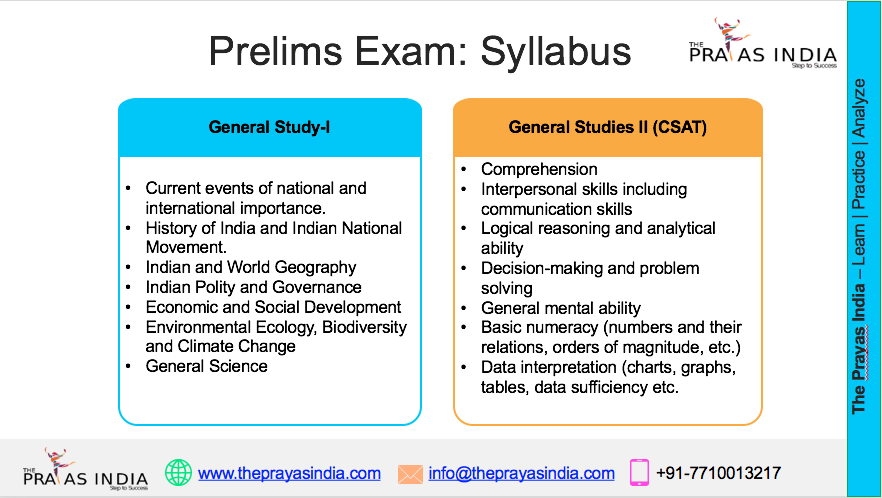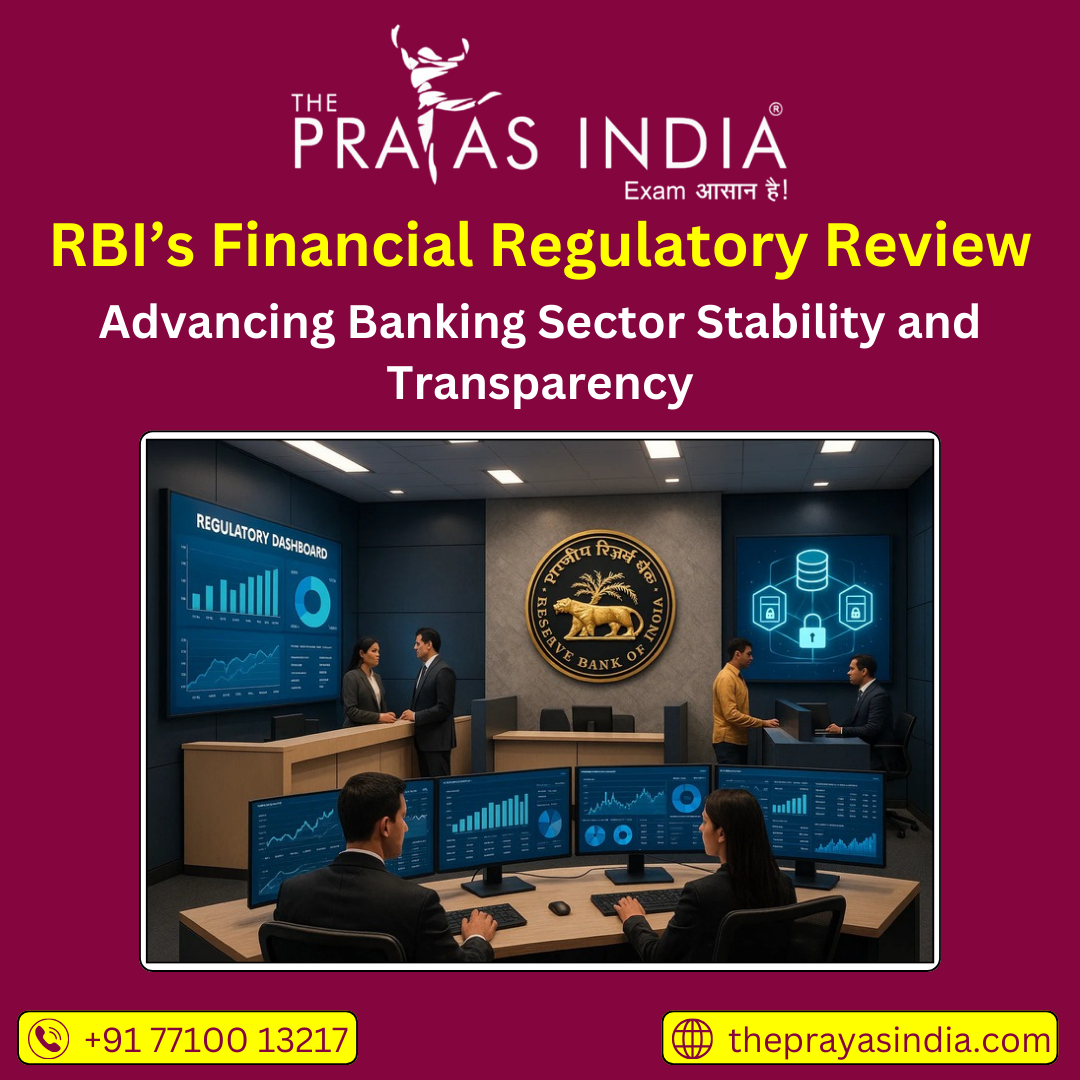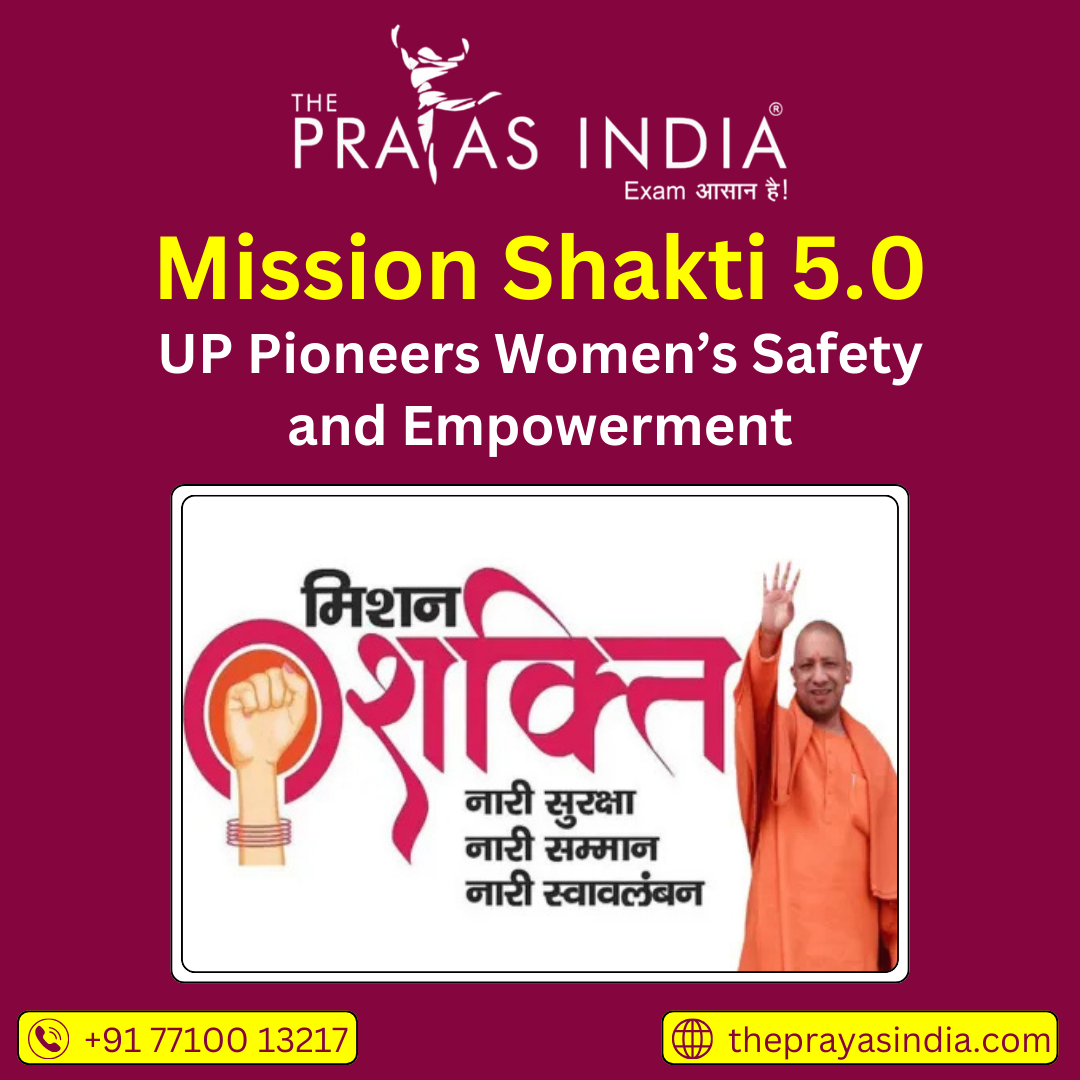India and Central Asia Relations
India and Central Asia have had longstanding historical, cultural, political, and economic relations that have over the time metamorphosed into a stable, mature, and transformational partnership. India’s proximity and growing convergence on issues of mutual concern with the five Central Asian countries—comprising Kazakhstan, Kyrgyzstan, Tajikistan, Turkmenistan, and Uzbekistan—have been reflected in heightened cooperation in addressing emerging geostrategic challenges in the wake of the COVID-19 pandemic and the changing world order. Concurrently, the two sides have enhanced deliberations and cooperation on areas such as trade and connectivity, economic development, development partnership, energy security, regional issues of mutual interests as well as the mutual geopolitical concerns of each side on emerging challenges in Afghanistan.
During the third India-Central Asia Dialogue recently held in New Delhi on 19 December 2021, the two sides further reiterated commitment towards building robust cooperation in addressing emerging global concerns while emphasising the ardent need to promote security, stability, and long-term shared economic prosperity in the India-Central Asia geopolitical architecture. Prime Minister Narendra Modi’s historic visit in July 2015, to all five Central Asian countries—marking the first time an Indian PM has gone to all five countries in a single visit since their independence in the early 1990s—was a turning point in reinvigorating the socio-politico-economic tie between the two sides. In consideration of the heightened activism distinctly visible in the India–Central Asia corridor in recent years, it can be argued that New Delhi’s push and leadership in rejuvenating strategic convergence between the two sides is destined to provide a much-needed equilibrium in India’s extended western neighbourhood. This could, hopefully, lead to effectively containing provocative posturing from any side, while enhancing the efficacy of reformed multilateralism and transparency of global governance.
Important points of the joint dialogue between India and Central Asia: –
- Central Asian republics have demanded the destruction of terrorism (terrorist networks, infrastructure, safe havens) with India.
- Central Asia has welcomed the initiative of the Afghanistan Peace Agreement with India.
- India has approved a $ 1 billion line of credit for Central Asia. This amount will be spent on connectivity and infrastructure projects.
- Central Asian countries have praised the work of developing Chabahar port by India. This port in Iran will establish connectivity between India and Central Asia.
- In this dialogue India has also discussed the support of high impact community development projects in Central Asian countries.
Central Asia’s Significance:
Strategic position: The position of these countries is geographically a bridge between the various regions of Asia and between Europe and Asia. New trade routes between India and Central Asia have been opened, bypassing Pakistan, with the Chabahar Agreement with Iran in effect.
The only foreign military airbase in India, controlled by the IAF and the Tajik Air Force, is in Farkhor (Tajikistan). With China, Afghanistan, Russia and Iran, the CARs share borders. Tajikistan is situated close to Kashmir (PoK), which is occupied by Pakistan.
Energy security: Central Asian countries are blessed with substantial hydrocarbon and mineral resources and are geographically similar to India.
For instance,
- Kazakhstan is the largest producer of uranium and also has vast reserves of gas and oil.
- Uzbekistan, along with Kyrgyzstan, is an significant regional producer of gold.
- Apart from oil deposits, Tajikistan has huge hydropower capacity, and Turkmenistan has the world’s fourth largest gas reserves.
- Kazakhstan and Turkmenistan are both on the Caspian coastline, promising to open the door to other Caspian states that are rich in oil.
Security: The withdrawal from Afghanistan of US forces would have significant regional security consequences. CARs face a significant challenge from the ‘Golden Crescent’ illicit drug trade in opium cultivation (Iran-Pak-Afghan) and are also victims of the illicit weapons trade. Central Asian instability can spill over to PoK.
Furthermore, religious extremism, fundamentalism and terrorism continue to pose threats as well as regional stability to Central Asian societies.
Trade and investment potential: Central Asia’s economic growth, especially in Kazakhstan, Turkmenistan and Uzbekistan, has sparked a construction boom and sectors such as IT, pharmaceuticals and tourism have been expanding. India has expertise in these fields, and deeper collaboration would give trade ties with these countries a new impetus. The area also has a strong demand for Indian pharmaceutical products.
Challenges in India and Central Asia Relations
Terrorism: –
- Some elements of these countries were supported to terrorist organizations. But at this time these countries are supporting India against terror.
Projects delayed by India: –
- Many problems arise due to the delay in Indian projects on time after its signing as recently seen in Iran’s rail project.
Access to China: –
- China occupies an important place in the foreign policy of these Central Asian countries. Along with this, these countries are more dependent on China in terms of economic cooperation.
Russia’s side: –
- Russia has established influence in these countries due to being part of the Soviet Union. In recent times, India’s policies seem to be leaning towards the US. In such a situation, the engagement between Russia and China will affect India’s relations with these countries.
Efforts by India to connect with Asia:
Link Strategy for Central Asia: Introduced in 2012, it includes
- Close political relations by exchanging high-level visits and multilateral commitments
- Strategic and security cooperation through military preparation, frequent intelligence exchange, coordination of counter-terrorism and near Afghanistan consultations.
- Long-term Oil and Natural Resources Collaboration.
- Helping to provide the area with a viable banking infrastructure.
- Increase the involvement of Indian companies in the building and power sector in Vehicles.
- Improving INSTC connectivity, air services, people-to – people and cultural exchanges.
Shanghai Cooperation Organization: With full SCO membership, the top leaders of India & CARs can have more regular summit level contacts.
International North-South Transport Corridor (INSTC): India is a founding member of the International North-South Transport Corridor (INSTC), a project to link India and Iran to Central Asia by sea route and then via Iran to the Caspian Sea.
Creation of the port of Chabahar in Iran: Allowing access to landlocked Afghanistan and energy-rich Central Asia through the ports like Jawaharlal Nehru and Kandla on the west coast of India.
Ashgabat Agreement: India has acceded to the Ashgabat Agreement, which facilitates the transport of goods between Central Asia and the Persian Gulf through an international transport and transit corridor.
Turkmenistan-Afghanistan-Pakistan-India (TAPI): The planned natural gas pipeline runs through the Herat-Kandahar-Multan-Fazilika (Pak-India Border) from field in Galkynysh (Turkmenistan). It will not only provide a secure source of natural gas at reasonable prices, but it will also play a strategically important role in the region’s peace and stability.
Eurasian Economic Union (EEU): India is negotiating a comprehensive economic cooperation agreement with Belarus, Kazakhstan, Russia, Armenia and Kyrgyzstan as part of the Eurasian Economic Union. The Indian Technical and Economic Cooperation (ITEC) Program is also an important tool for the training and human capital growth of young professionals from these countries.
Conclusion
- Given India’s energy needs and the strategic importance of Central Asia, India’s access and presence in Central Asia is mandatory. India’s access to Central Asia also seems simple due to historical ties.
- India will have to overcome deficiencies such as project delays. India is in favor of independent foreign policy and India’s relations with Russia are still better.
- Thus India’s chances in Central Asia are very strong, the evidence of which is visible in this joint dialogue. India needs to improve its relations with these countries.




![Prayas-तेजस [UPSC CSE Sociology Optional] – Online & Offline](https://theprayasindia.com/wp-content/uploads/2025/09/Prayas-तेजस-UPSC-CSE-Optional-Subject-The-Prayas-India-300x300.png)
![Prayas-सूत्र [UPSC CSE Materials (Hardcopy)]](https://theprayasindia.com/wp-content/uploads/2025/09/Prayas-सूत्र-UPSC-CSE-Study-Materials-Hardcopy-The-Prayas-India-300x300.png)
![Prayas-मंत्रा [UPSC CSE CSAT]](https://theprayasindia.com/wp-content/uploads/2025/09/Prayas-मंत्रा-UPSC-CSE-CSAT-The-Prayas-India-300x300.png)
![Prayas सारथी [UPSC CSE One on One Mentorship]](https://theprayasindia.com/wp-content/uploads/2025/09/Prayas-सारथी-UPSC-CSE-One-on-One-Mentorship-The-Prayas-India-300x300.png)










